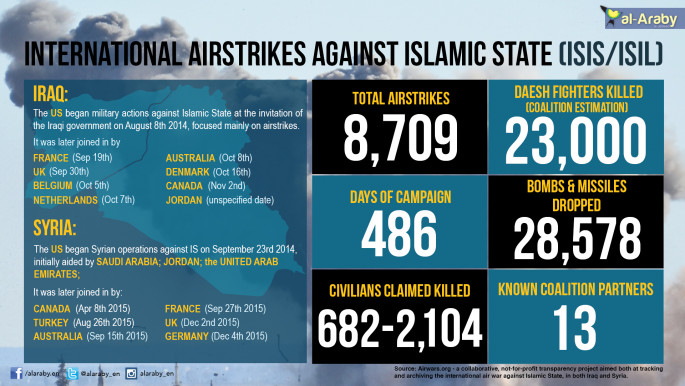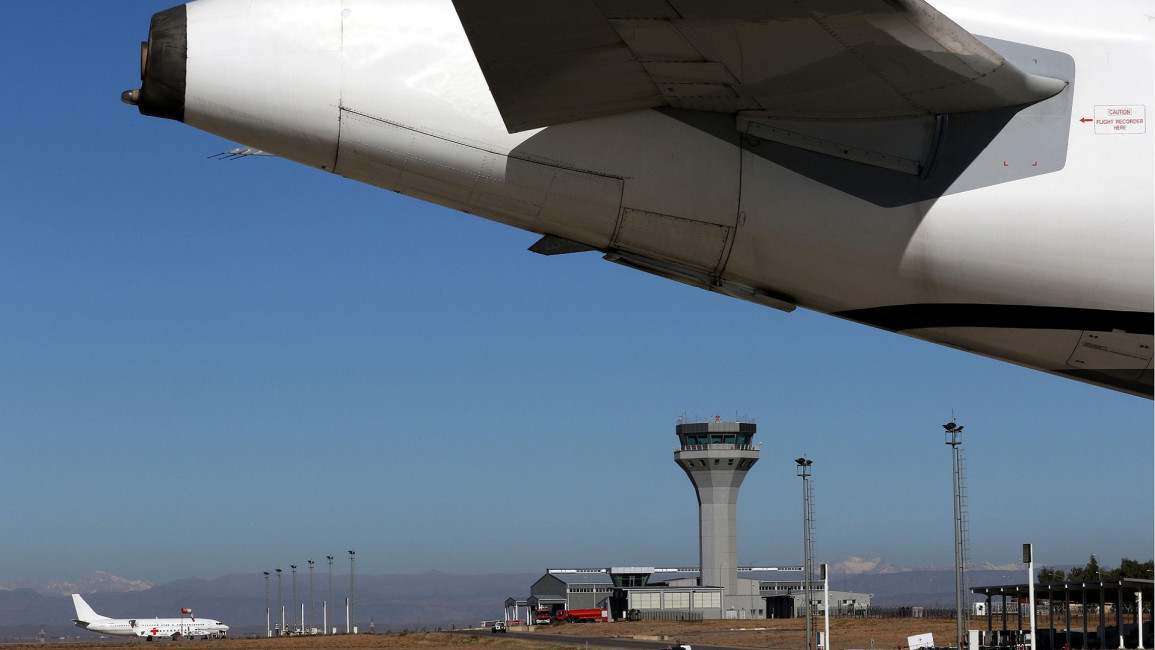US warns citizens against boarding flights flying over Syria
The US State Department has for the first time officially warned US citizens to avoid commercial flights whose routes pass over Syria, as the skies over the war-torn Eastern Meditarranean nation become overcrowded with warplanes from several different nations.
"The US Department of State warns US citizens of the risk of traveling on airlines that fly over Syria," said the travel warning on the US Department of State website on Friday.
"Commercial aircraft are at risk when flying over regions in conflict. We strongly recommend that US citizens considering air travel overseas evaluate the route that their proposed commercial flight may take and avoid any flights that pass through Syrian airspace. US government personnel in Lebanon have been prohibited from taking flights that pass through Syrian airspace," it added.
The US Department of State also updated its travel advisory to Lebanon, urging US citizens to avoid all travel to Lebanon "because of ongoing safety and security concerns."
 |
|
| Few commercial airlines still fly over Syria [Flightradar24/Google Maps] |
There have been unofficial warnings against boarding flights that fly over Syria for some time issued by Western and other governments to diplomats and security officials, but increasing risks to commercial planes over Syria may have prompted the official warning.
Other governments could soon follow suit.
Increased risks
Many regional and international carriers already avoid Syrian airspace. Flights that hitherto crossed Syrian airspace to reach destinations like Lebanon now take longer and therefore more expensive routes.
However, a few other carriers continue to use Syrian airspace, including Lebanon's Middle East Airlines, Iraqi carriers and the national carriers of Syria.
In 2013, an MEA pilot apparently took pictures of clashes taking place in Syria while flying over the country. The pilot was reportedly suspended as the company's management denied any threats to its planes.
|
||
While official international aviation organisations leave it up to each airline to assess the risk, the latest US warning could indicate things are changing.
The presence of multiple air forces now operating over Syria will no doubt elevate the risk to civil aviation, as the UK and Germany join aerial operations in addition to the US, Russia, France and several Arab countries that are part of the anti-IS coalition.
It is not clear what specific threat the US government has in mind. No anti-aircraft systems that can target commecial planes, which usually fly at very high altitudes, are known to be in rebel hands.
Another risk could be the increasing use of cruise missiles, most notably by Russia.
Fired from ships in the Caspian Sea or the Mediterranean, these missiles have already caused the complete or partial shutdown of Lebanese and northern Iraqi airspace in the past few weeks.
The risk of flying over conflict zones is real. In July 2014, a Malaysian airliner crashed in eastern Ukraine, widely believed to have been shot down by pro-Russian rebels using anti-aircraft missiles.
The downing of a Russian passenger jet over Sinai in late October prompted several Western governments to suspend flights to Sharm el-Sheikh airport.
The Russian airliner is believed to have been brought down by a bomb planted on board, claimed later by IS.
In addition, there have been some concerns voiced over the deployment of Russian S-400 anti-aircraft missile system in Syria, which covers almost all of Syria's airspace and could hit planes in high altitude.
 |
| [Click to enlarge] |



